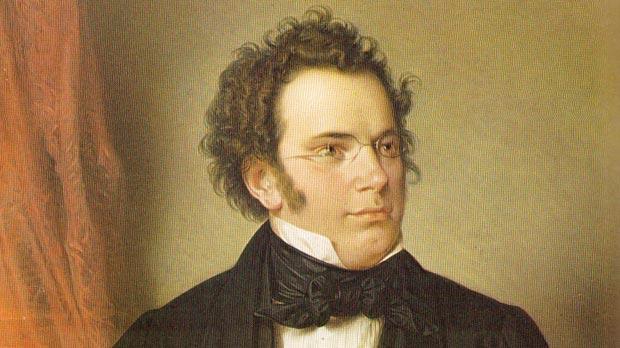I was practicing the C-minor Schubert Sonata (D 958) today, in preparation for my planned video recordings in a week and a half, and thinking back on some of the things I’ve been distilling from my own work and from my work with Andre Watts and Richard Goode last fall. All three of us are concerned with the problem of finding the right physical gesture as an analog for a musical gesture; it is interesting to see different ways of getting to (or maybe just talking about?) the same goal.
The opening gesture of the first movement of this sonata is a case in point: I think everyone would agree that it is difficult to produce a consistent and powerful sound in the repeated quarter-note chords of the second and fourth measures.

Andre’s helpful approach (I’ve said similar things to students in the past) involves using the last sixteenth of the first measure as a physical beginning, lifting the hands before that chord, and then using each chord as a springboard to the next, with a certain amount of air visible between the two quarter-note chords. The subsequent gestures are similar, although there is obvious dynamic growth as you climb toward the sixth of the scale (A-flat).
I also liked very much what Richard suggested about the sixteenth note scale in the third measure: that its gestural importance trumped rhythmic precision (something similar should be said about the descending A-flat scale just a few bars later). To get a sense of sweep, drama, power, and direction in the scale requires subtle adjustments to tone, dynamic shape, and rhythm. None of this is all that complicated, as long as you think more of the musical goal than of the technical means to achieve it. (The ear is a good teacher, as my childhood flute teacher, Frederick Baker, often told me.)
The varied repeat of the first theme that begins in bar 21 is a purely Schubertian answer to the often remarked upon Beethovenian tone of the opening. Here we have, as Richard pointed out, a use of accompaniment to set the mood which is very much from the point of view of a composer of Lieder. The initial undercurrents of agitation can be helped with the right not-quite-legato approach to the left hand patterns. The arrival at the A-flat this time (bar 27) leads away from the drama of the opening rather than augmenting it as before. While the accompanimental pattern remains the same, a softer and somewhat more legato sound here can enhance the sweetness of the moment.
The beauty of the second theme, with its two straightforward variations by rhythmic diminution, is enhanced by attention to the pedal points, presented in different registers. The texture here is orchestral, and the use of single pedal notes in the middle register at first, followed by octave pedal notes in the repeat of the first phrase, demands a change of color and balance. At the same time, the rhythm shouldn’t suffer—I was gently chided here by both Richard and Andre for a somewhat cavalier approach to steady tempo which certainly took away from the longer line. The awareness of the pedal points translates into the two variations, where they continue to appear, but are generally off the beat (2nd and 3rd triplet notes; 2nd and 4th sixteenth notes).
The closing theme, with its poignant accented lower neighbors in the accompaniment, should also remain close to the main tempo. It is tempting to stretch for a dynamic effect, but the use of rhythm as a one of the main unifying devices in this sonata indicates that respect for the integrity of the tempo must be maintained.
